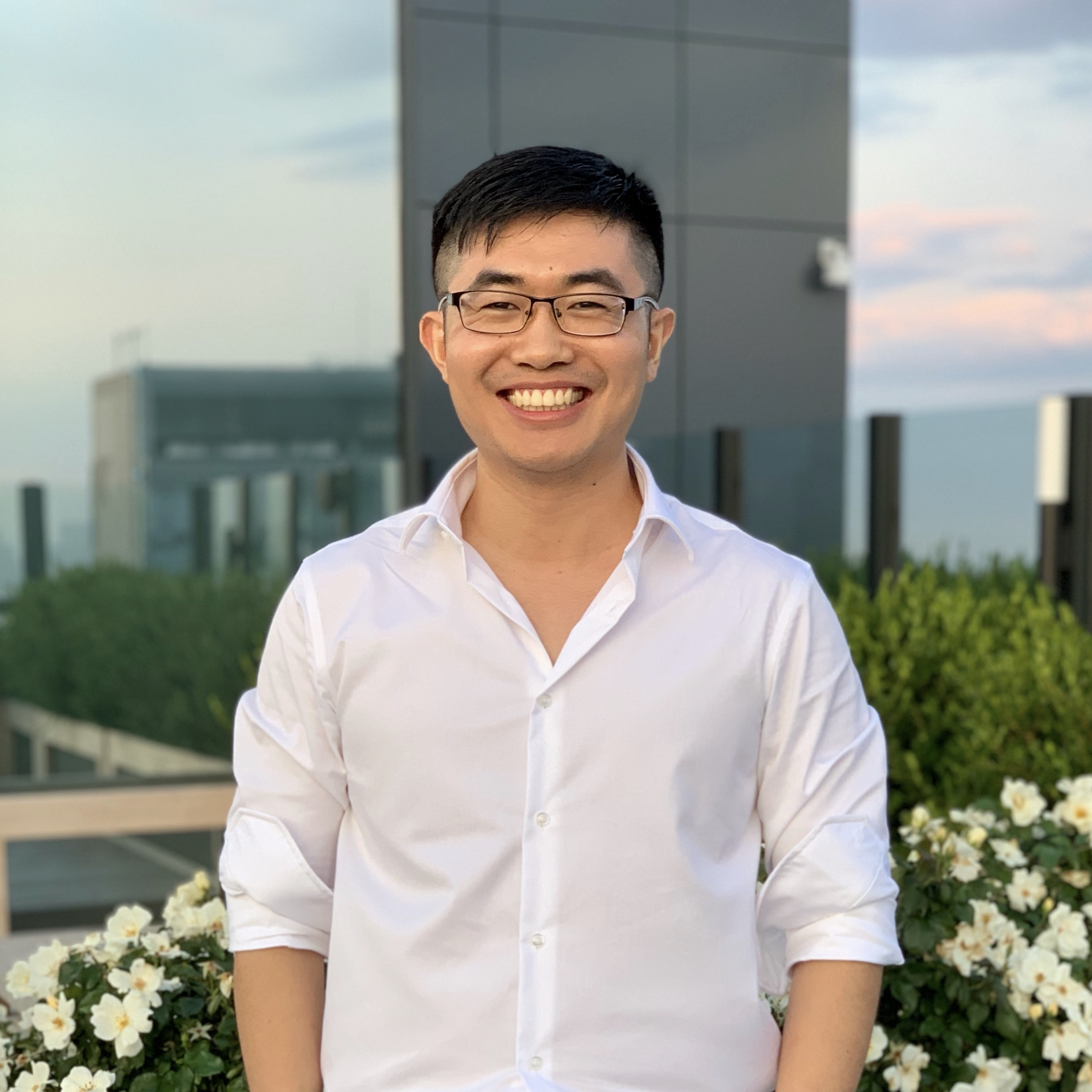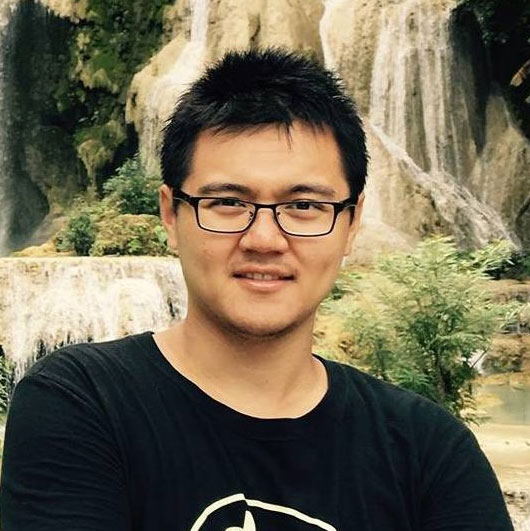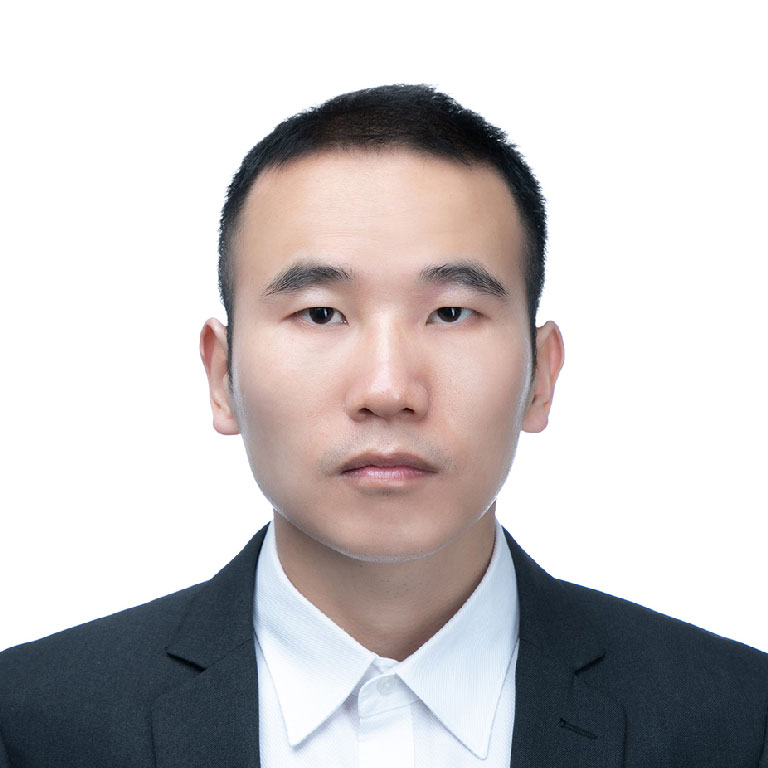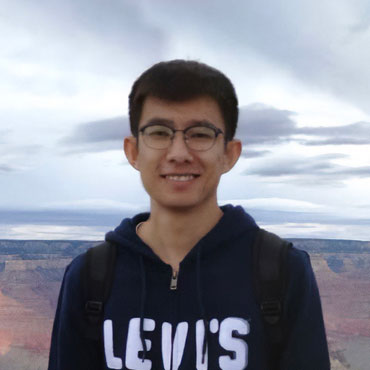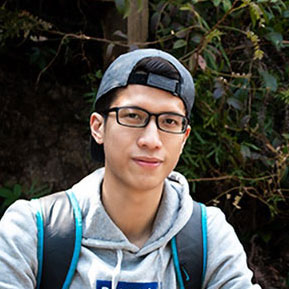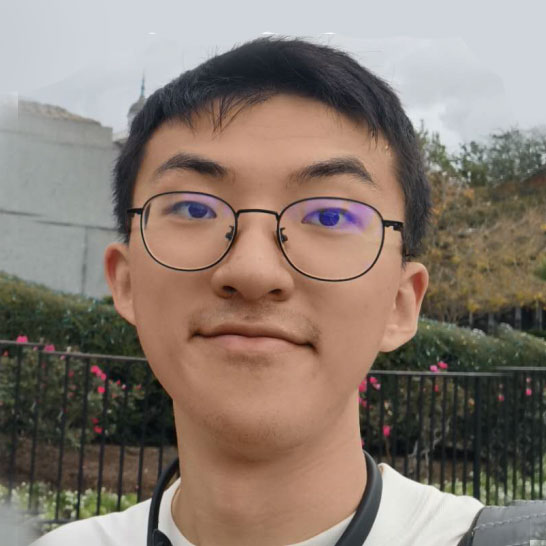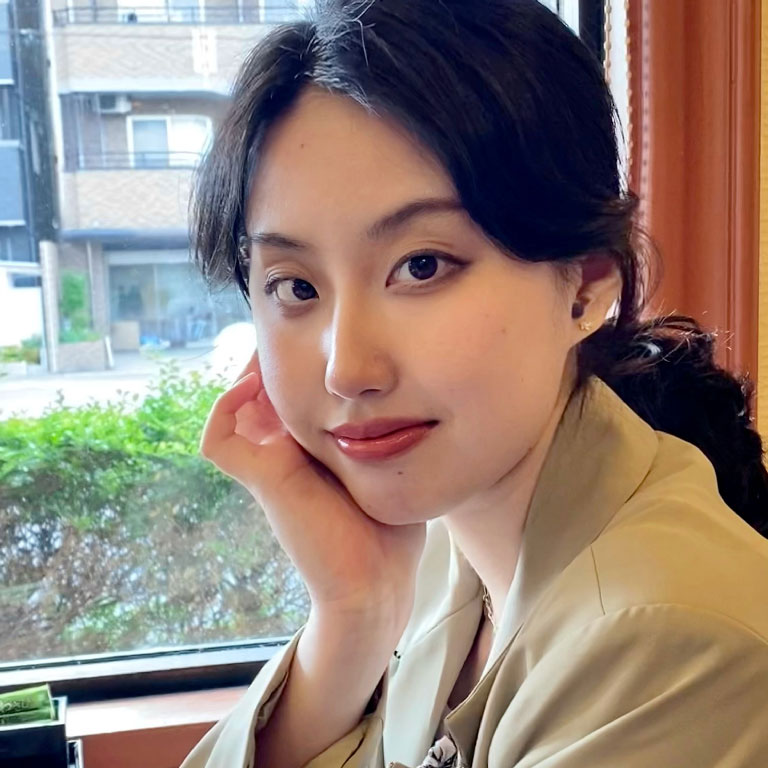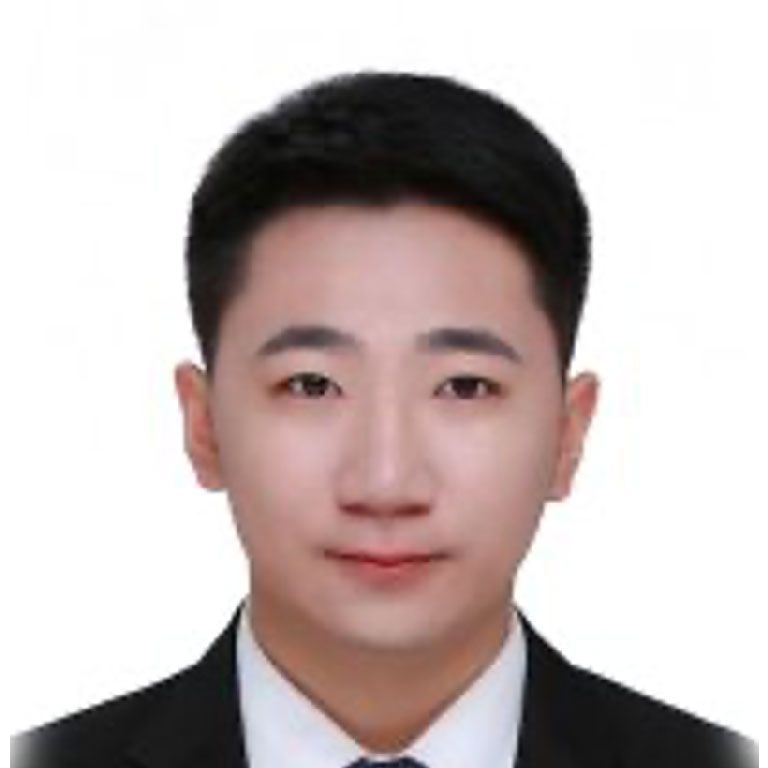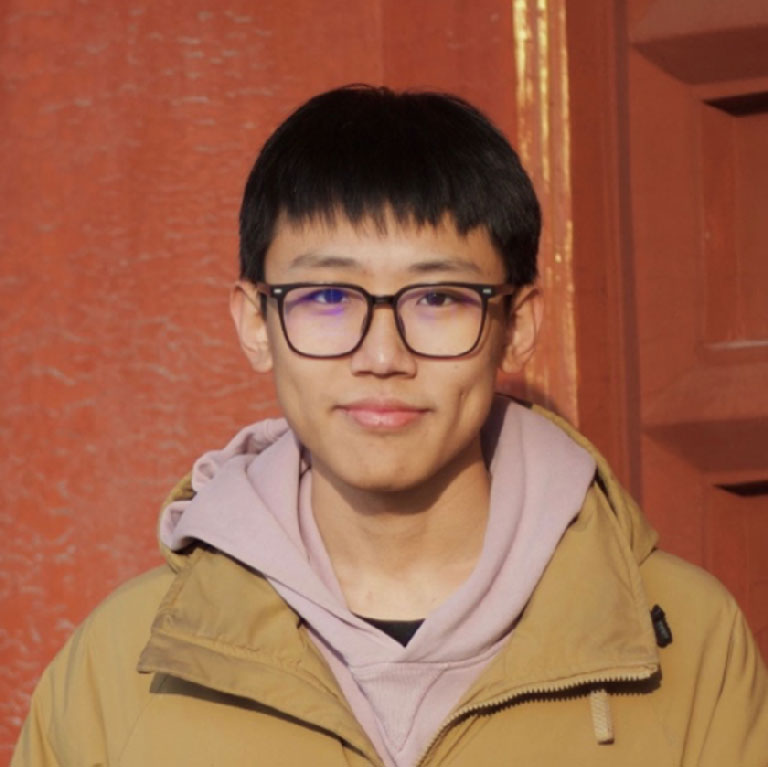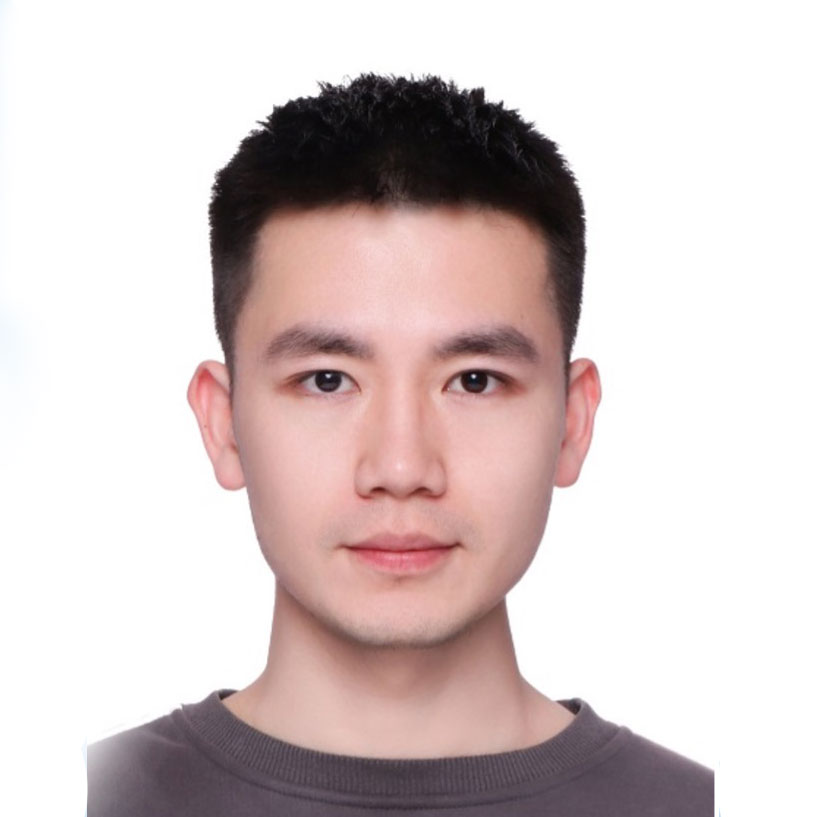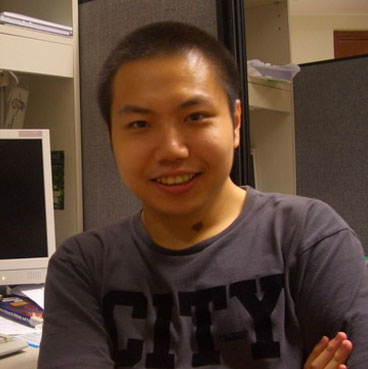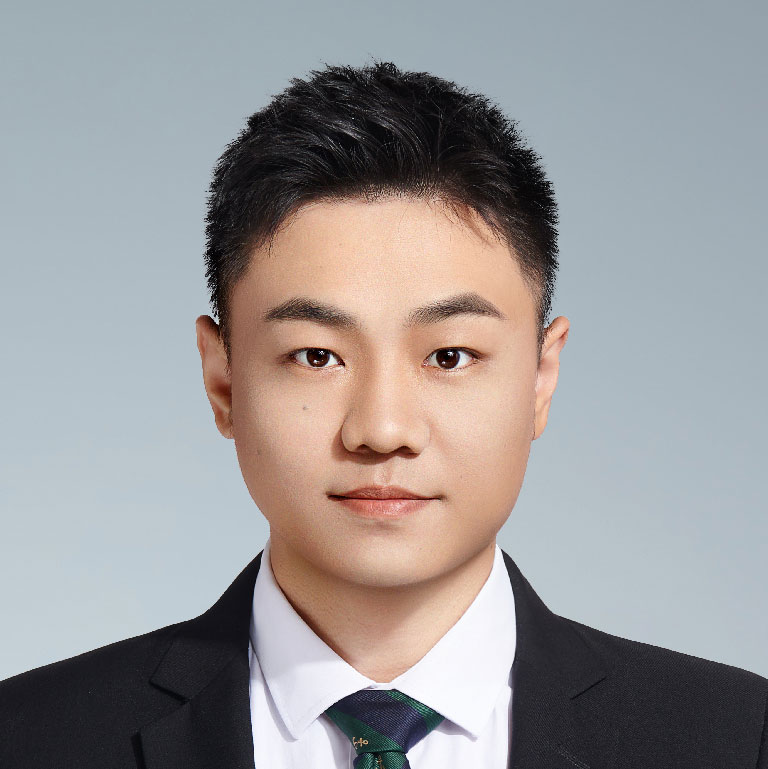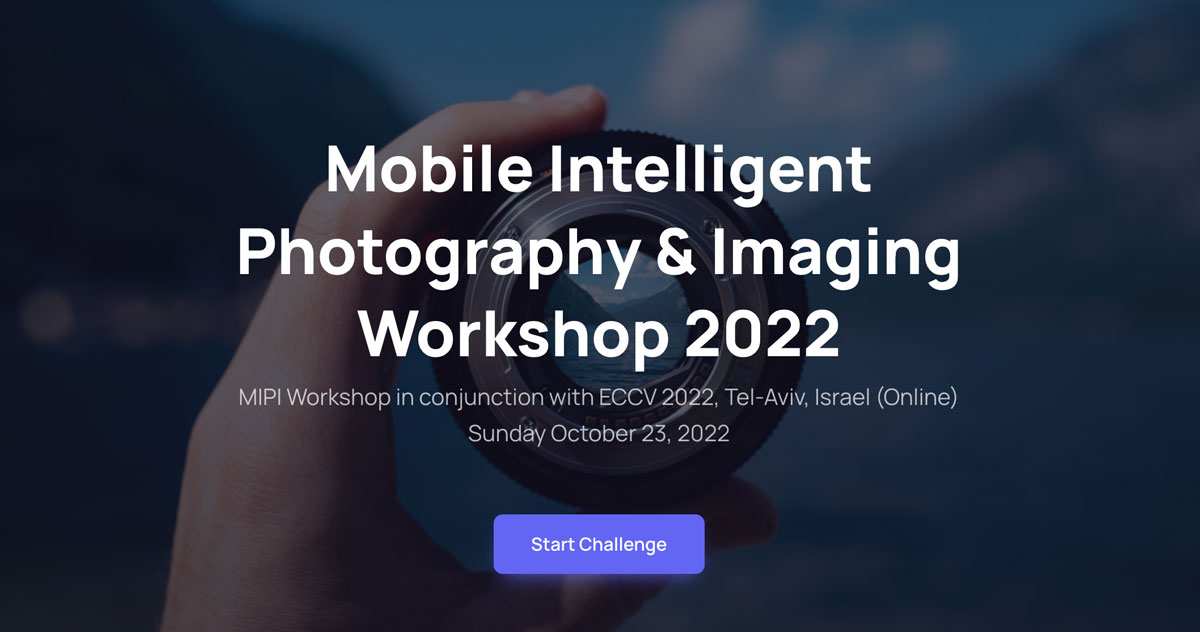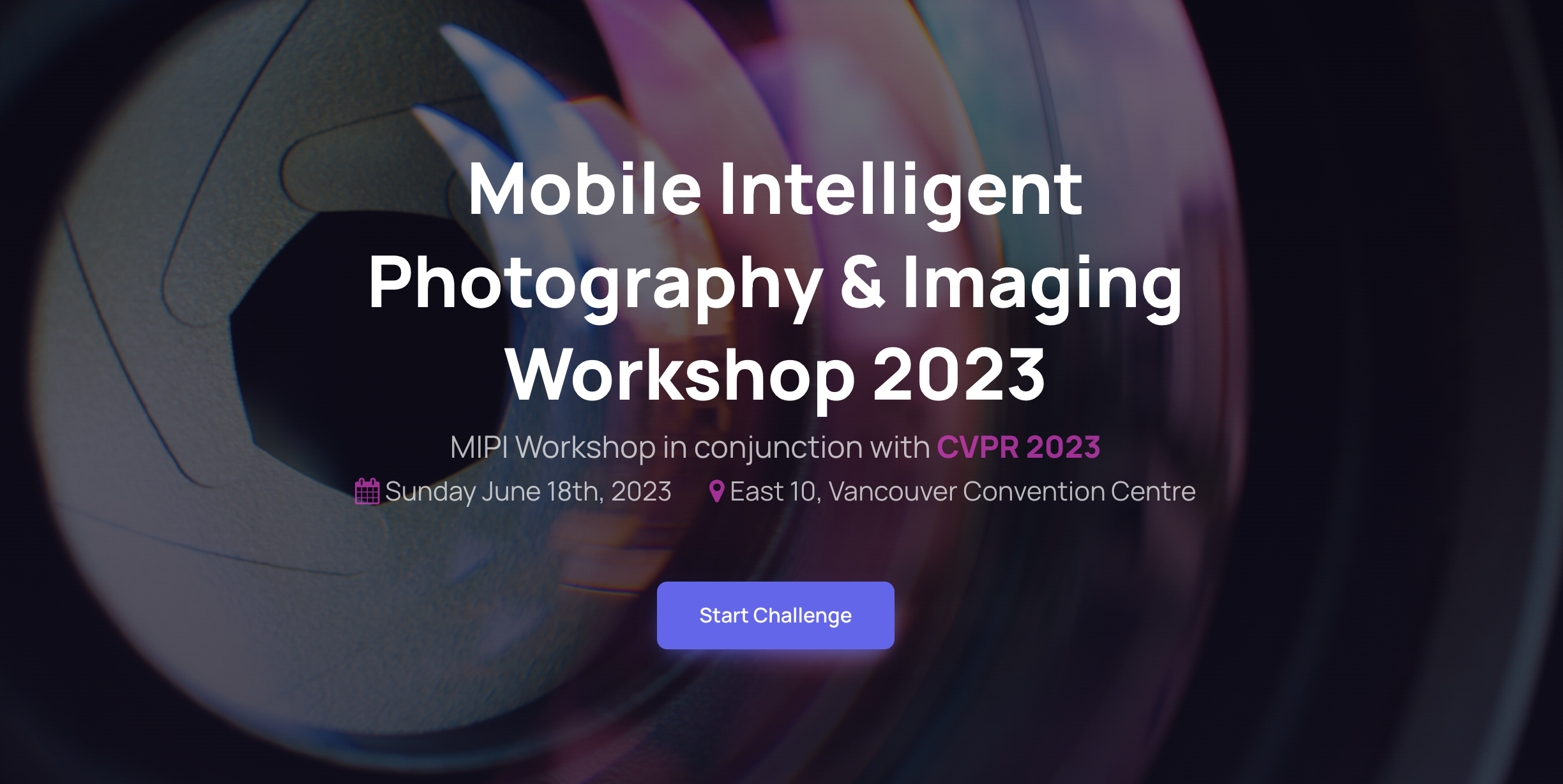Challenge Tracks
Overview
Developing and integrating advanced image sensors with novel algorithms in camera systems is prevalent with the increasing demand for computational photography and imaging on mobile platforms. However, the lack of high-quality data for research and the rare opportunity for in-depth exchange of views from industry and academia constrain the development of mobile intelligent photography and imaging (MIPI).
The workshop's main focus is on MIPI, emphasizing the integration of novel image sensors and imaging algorithms. Together with the workshop, we organize a few exciting challenges and invite renowned researchers from both industry and academia to share their insights and recent work. Our challenge includes three tracks:
- Few-shot Raw Image Denoising is geared towards training neural networks for raw image denoising in scenarios where paired data is limited.
- Demosaic for HybridEVS Camera is to reconstruct HybridEVS's raw data which contains event pixels and defect pixels into RGB images.
- Nighttime Flare Removal is to improve nighttime image quality by removing lens flare effects.
Unlike previous workshops that focus on image or video manipulation, restoration and enhancement, or the efficient designs of AI models for mobile devices, the central theme of our workshop encompasses new sensors and imaging systems, which are the indispensable foundation for mobile intelligent photography and imaging. As the first workshop of this kind, MIPI aims to organize a dedicated workshop so that we can solicit relevant solutions and attract a focused group from both academia and industry for fruitful discussions.
Datasets and Submission
Datasets are available at the Codalab site of each challenge track. Submissions to all phases will be done through the CodaLab site. Please register to the site and refer to the instructions on how to download the datasets and submit your results. The evaluation metrics of each track will be introduced in the respective site.
Link to Codalab: Few-shot Raw Image Denoising -- Demosaic for HybridEVS Camera -- Nighttime Flare Removal
Awards
The winner teams of each track will receive a certificate. Challenge participants with the most successful and innovative methods will be invited to present at the MIPI workshop.
Terms and Conditions
Link to Terms and Conditions.
In the event of any inconsistency between the terms and details of this website and Codalab competition sites, the details on the Codalab sites shall prevail.
Contact
For more information, please contact us at mipi.challenge@gmail.com.
Call for Papers
CVPR 2024 Workshop:
Besides the challenge, we also provide a platform for researchers, scientists, and engineers from around the world to disseminate their research outcomes and push forward the frontiers of knowledge within novel image sensors and imaging systems-related areas. The MIPI workshop topics cover but are not limited to:
- Learnable ISPs
- ToF depth completion
- RGBW sensor re-mosaic and fusion
- Nighttime image restoration
- Under-display camera image restoration
- Event camera for image/video restoration
- Learning-based computational imaging systems: efficient algorithms, smart imaging systems, learned data acquisition, task-driven ISPs, etc
Papers will be peer-reviewed and comply with the CVPR 2024 proceedings style, format and length. The deadline for camera ready submission is the same as the main conference. Papers accepted must be registered and presented to ensure their inclusion in the IEEE Xplore Library. The format for submission is the same as the CVPR 2024 requirements .
Paper submission and review site: Submission Site
Important Dates
| Event | Date (Always 11:59 PM Pacific Time) |
|---|---|
| Site online | Jan 10, 2024 |
| Release of training data and validation data | Jan 15, 2024 |
| Validation server online | Jan 19, 2024 |
| Release of test data, test server online | Mar 01, 2024 |
| Test results submission deadline, test server closed | Mar 06, 2024 |
| Fact sheets submission deadline | |
| Final test and rating results release to participants |
| Event | Date (Always 11:59 PM Pacific Time) |
|---|---|
| Site online | Jan 10, 2024 |
| CMT online | Jan 15, 2024 |
| Paper submission deadline | Mar 17, 2024 |
| Supplementary materials deadline | Mar 17, 2024 |
| Notification to authors | Mar 27, 2024 |
| Camera ready deadline | Apr 15, 2024 |
| Workshop date | Jun 18, 2024 |
Schedule
Time (GMT-7) |
Programme [Video Record] |
|---|---|
|
8:30 – 8:40
|
Opening and Welcome |
|
8:40 – 9:30
Keynote Speaker
|
Keynote: How Far Are We From the Restore Any lmage Model (RAIM)? [online]
Image restoration and enhancement is a widely studied problem in low-level vision. Researchers have proposed a variety of theories and algorithms in order to reconstruct the desired images stably under different imaging conditions. However, we still encounter many challenging issues in practical photography scenarios. The rapid development of deep learning techniques has significantly improved the performance of computational photography; nonetheless, most of the trained deep image restoration models still lack enough generalization capability. Large AI models, especially the pre-trained generative diffusion models, shed light on our dream to develop Restore Any Image Models (RIAM). How far are we from RAIM? Can generative models address the challenges of real-world photography in complex scenarios? In this talk, we will introduce some recent advances along this line with some preliminary discussions. Lei ZhangThe Hong Kong Polytechnic University & OPPO Research Institute |
|
9:30 – 10:20
Keynote Speaker
|
Keynote: Revisiting Image White Balancing [online]
White balance correction is an essential process for accurate color reproduction in digital imaging. Most modern cameras perform white-balance correction early in the camera ISP, where global white-balance gains are estimated from the captured scene and then applied to the raw image. In this talk, I will discuss the challenges of using learning-based methods for in-camera white balance correction and our work to mitigate these challenges. Additionally, I will address the complexities of correcting white balance in the post-capture stage, where the camera ISP has already applied photofinishing steps to produce the final image. I will present our work on post-capture white-balance correction and editing, and then cover our prior research in spatial white-balance correction, which goes beyond the traditional global white balance correction applied onboard cameras. Lastly, I will discuss the impact of white-balance correction on other downstream computer vision tasks. Mahmoud AfifiCamera Software Engineer, Google |
|
10:20 – 11:10
Keynote Speaker
|
Keynote: Towards A Better Camera in the App and AR GlassWith 422 million daily active users (DAUs, Q1 2024), Snapchat's camera stands as one of the most widely utilized cameras today. Snapchat users rely on this camera to capture moments, express themselves, communicate visually, and enjoy shared experiences. We empower the camera to cater to these diverse needs through our cutting-edge camera technology. In this presentation, I will unveil a series of our endeavors aimed at enhancing the camera's capabilities. Firstly, I will discuss our efforts to improve the in-app camera's image quality. Secondly, I will introduce how we make a fun camera through the special filters. Thirdly, I will explore how we have integrated additional hardware to create superior cameras for the next-generation AR glass. Finally, I will touch upon our innovations in transparent displays and transparent cameras. Jian WangStaff Research Scientist, Snap Research |
|
11:10 – 12:00
Keynote Speaker
|
Keynote: Passive Ultra-Wideband Single-Photon ImagingHigh-speed light sources, fast cameras, and depth sensors have made it possible to image dynamic phenomena occurring in ever smaller time intervals with the help of actively-controlled light sources and synchronization. Unfortunately, while these techniques do capture ultrafast events, they cannot simultaneously capture slower ones too. Mian WeiPhD Student, University of Toronto |
|
12:00 - 12:10
|
Closing |
Awards (Certificates)
| Rank | Team Name | Affiliation | Team Members |
|---|---|---|---|
| 1st | MiAlgo_AI | Xiaomi Inc., China | Lize Zhang, Shuai Liu, Chaoyu Feng, Luyang Wang, Shuan Chen, Guangqi Shao, Xiaotao Wang, Lei Lei |
| 2nd | BigGuy | Tianjin University Shenzhen MicroBT Electronics Technology Co. Ltd, China Shanghai Artificial Intelligence Laboratory, China | Qirui Yang, Qihua Cheng, Zhiqiang Xu, Yihao Liu, Huanjing Yue, Jingyu Yang |
| 3rd | SFNet-FR | Computer Vision Lab CAIDAS & IFI University of Wurzburg, Germany |
Florin-Alexandru Vasluianu, Zongwei Wu, George Ciubotariu, Radu Timofte |
| Rank | Team Name | Affiliation | Team Members |
|---|---|---|---|
| 1st | MiVideoNR | Video Algorithm Group, Camera Department, Xiaomi Inc., China |
Ruoqi Li, Chang Liu, Ziyi Wang, Yao Du, Jingjing Yang, Long Bao, Heng Sun |
| 2nd | Samsung MX(Mobile eXperience) Business & Samsung Research China - Beijing (SRC-B) |
Samsung Research China - Beijing (SRC-B) Department of Camera Innovation Group Samsung Electronics Sun Yat-sen University |
Xiangyu Kong, Xiaoxia Xing, Jinlong Wu, Yuanyang Xue, Hyunhee Park, Sejun Song, Changho Kim, Jingfan Tan, Zikun Liu, Wenhan Luo |
| 3rd | AIIA | Harbin Institute of Technology Smart City Research Institute of China Electronics Technology Group Corporation |
Mingde Qiao, Junjun Jiang, Kui Jiang, Yao Xiao, Chuyang Sun, Jinhui Hu and Weijian Ruan |
| Rank | Team Name | Affiliation | Team Members |
|---|---|---|---|
| 1st | USTC604 | University of Science and Technology of China | Senyan Xu, Zhijing Sun, Jiaying Zhu, Yurui Zhu, Xueyang Fu, Zheng-Jun Zha |
| 2nd | lolers | Xiaomi Inc., China | Jun Cao, Cheng Li, Shu Chen, Liang Ma |
| 3rd | Lumos Demosaicker |
Harbin Institute of Technology (Shenzhen) IMEC-UGent Northwestern Polytechnical University |
Shiyang Zhou, Haijin Zeng, Kai Feng, Yongyong Chen, Jingyong Su |


